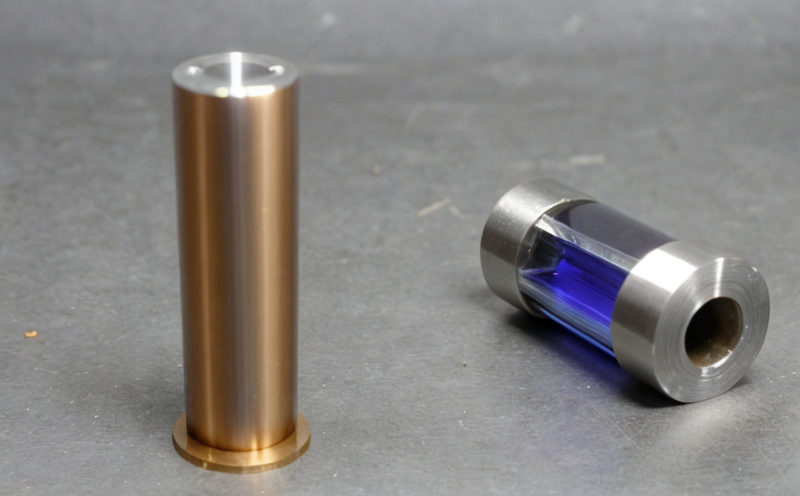Workwear garment dimensional stability test
The workwear garment dimensional stability test is a critical process that ensures the durability and performance of protective clothing in various industrial sectors. This test evaluates how garments maintain their size, shape, and fit over time under specific conditions. Dimensional stability tests are particularly important for workwear as they must withstand rigorous use, harsh environmental conditions, and frequent washing cycles without compromising safety or comfort.
During the dimensional stability test, fabric swatches and finished garments are subjected to controlled temperature and humidity environments, simulating real-world wear and wash conditions. The specimens are then measured for changes in length, width, and overall dimensions before and after exposure. Acceptance criteria are based on industry standards such as ISO 13938-2, which specifies the performance requirements for protective clothing.
The test is essential for quality assurance and compliance with regulations that mandate safety and durability of workwear. By ensuring dimensional stability, manufacturers can guarantee that garments will fit properly over time, reducing the risk of accidents or discomfort during use. This test also helps in optimizing fabric selection and manufacturing processes to enhance the longevity and performance of workwear.
For quality managers and compliance officers, this test provides valuable data for decision-making regarding material sourcing, production standards, and product certifications. R&D engineers can leverage these results to innovate and improve upon current designs. In procurement, this test ensures that only high-quality materials are selected, contributing to the overall reliability of workwear products.
- Guaranteed fit over time
- Enhanced safety in harsh environments
- Maintains protective integrity post-wash cycles
- Promotes compliance with industry standards and regulations
Benefits
The workwear garment dimensional stability test offers numerous benefits that are crucial for maintaining high standards of safety and performance in industrial environments. By conducting this test, manufacturers can ensure that their garments remain fit and functional over extended periods, which is essential for the longevity of both the product and the wearer.
One significant benefit is the enhancement of worker safety. Dimensionally stable workwear ensures that protective clothing continues to provide effective coverage and protection against hazards. This stability reduces the risk of injury by maintaining proper fit and preventing gaps or loose areas in the garment. Another benefit is improved comfort, which contributes to increased worker satisfaction and productivity.
The test also helps in meeting regulatory requirements, ensuring compliance with standards like ISO 13938-2. Compliance not only protects manufacturers from legal issues but also enhances their reputation among clients who prioritize safety and quality. Furthermore, this test aids in optimizing manufacturing processes by providing insights into fabric performance under various conditions.
For procurement teams, the results of the dimensional stability test serve as a reliable guide for selecting suppliers and materials that meet strict specifications. This ensures that only high-quality fabrics are used, leading to superior product performance and durability. Ultimately, these benefits translate into cost savings by reducing replacement rates and improving overall efficiency in industrial settings.
Why Choose This Test
- Guaranteed fit over time: Ensures that the workwear remains snug and functional, enhancing safety and comfort for workers.
- Enhanced durability: Extends the lifespan of garments by maintaining their structural integrity during use.
- Compliance with standards: Meets rigorous industry requirements ensuring reliability and trustworthiness.
- Safety assurance: Provides peace of mind for workers knowing that their protective clothing will perform as expected under various conditions.
- Cost-effectiveness: Reduces waste and replacement costs by optimizing material usage and improving garment longevity.
- Innovation support: Offers data to R&D teams for continuous improvement in fabric selection and design.
Quality and Reliability Assurance
The workwear garment dimensional stability test plays a pivotal role in maintaining quality and reliability across the entire production process. This testing ensures that every aspect of the garment, from initial fabric selection to final product delivery, meets stringent standards. By incorporating this test into their workflow, manufacturers can identify potential issues early on, allowing for timely corrections before large-scale production.
The first step in this process involves selecting appropriate fabrics based on factors like durability, comfort, and resistance to chemicals. Once the fabric is chosen, it undergoes rigorous testing to determine its suitability for workwear applications. This includes evaluating tensile strength, tear resistance, and other mechanical properties that contribute to overall garment performance.
After fabric selection comes the cutting and sewing process where precision is paramount. Any discrepancies in these stages could lead to inconsistencies in final products. To mitigate this risk, quality control measures are implemented at every stage of production. These include visual inspections, dimensional checks, and weight measurements to ensure uniformity across all garments.
Once the garments have been completed, they undergo a series of tests designed specifically for workwear applications. The dimensional stability test is one such critical evaluation that assesses how well the garment maintains its dimensions after exposure to real-world conditions like washing and drying. Acceptance criteria are based on international standards such as ISO 13938-2 which outline acceptable tolerances for shrinkage and dimensional changes.
Finally, successful completion of these tests signals that the product is ready for distribution. However, this does not mark the end of quality assurance efforts; continuous monitoring throughout the supply chain ensures consistent quality from start to finish. Regular audits and feedback loops with customers help identify areas for improvement and ensure ongoing compliance with relevant regulations.





